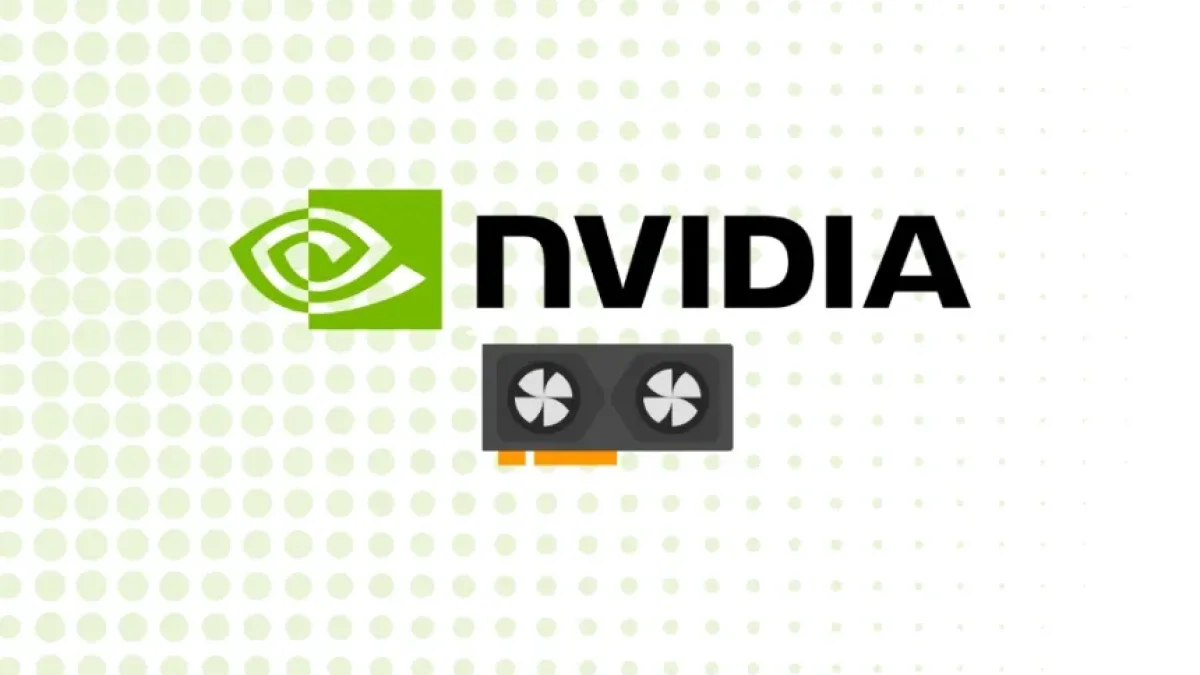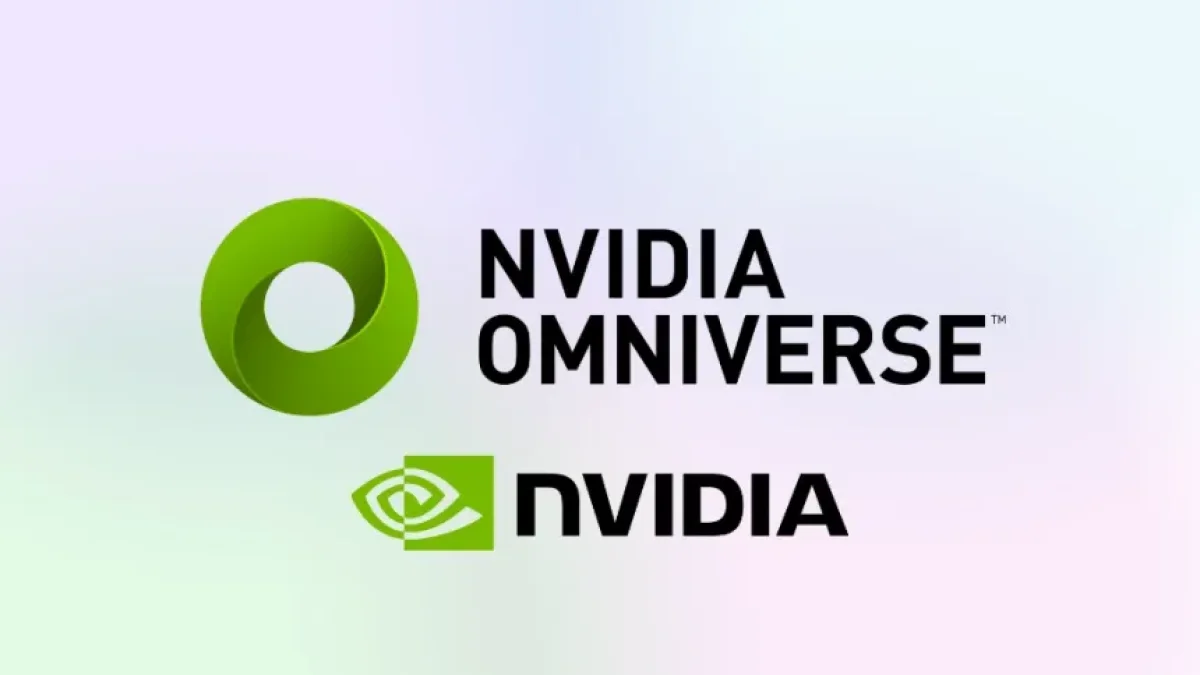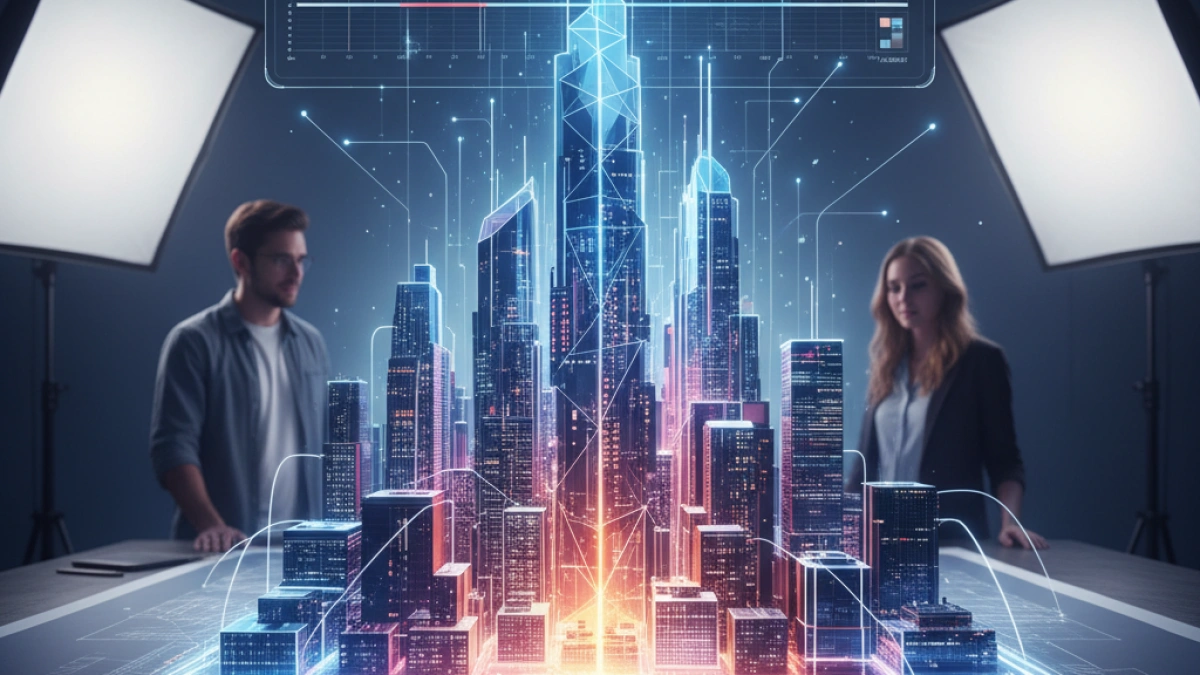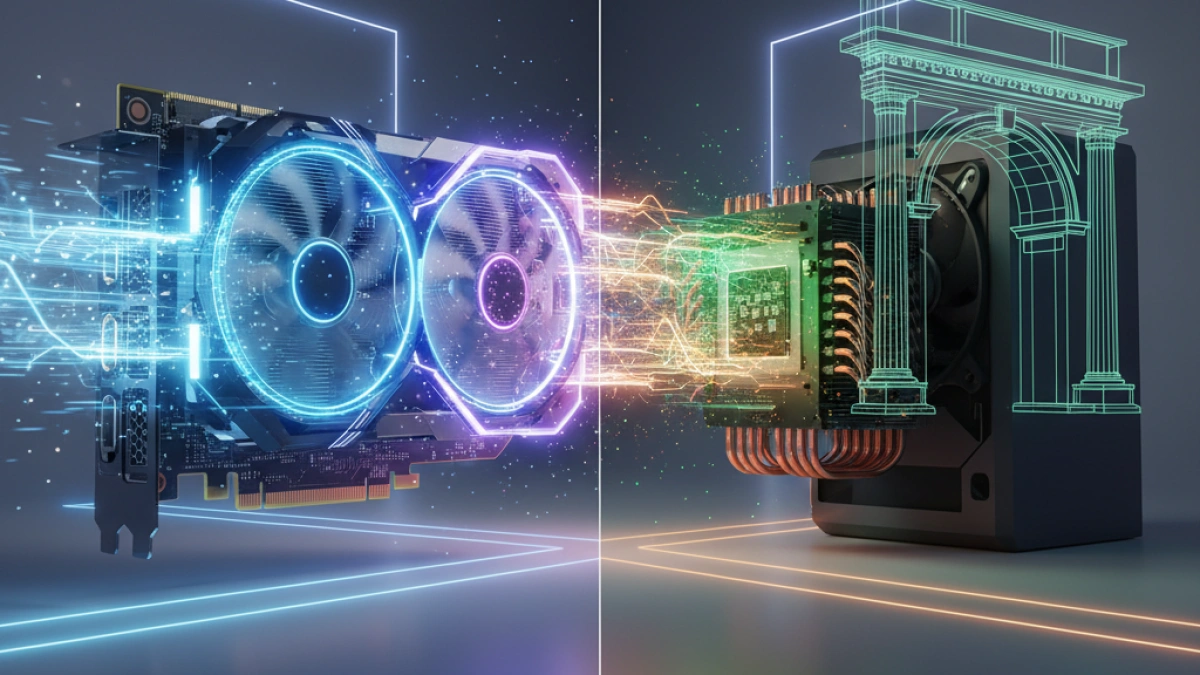What is Raytracing and How It Changed the World of 3D?

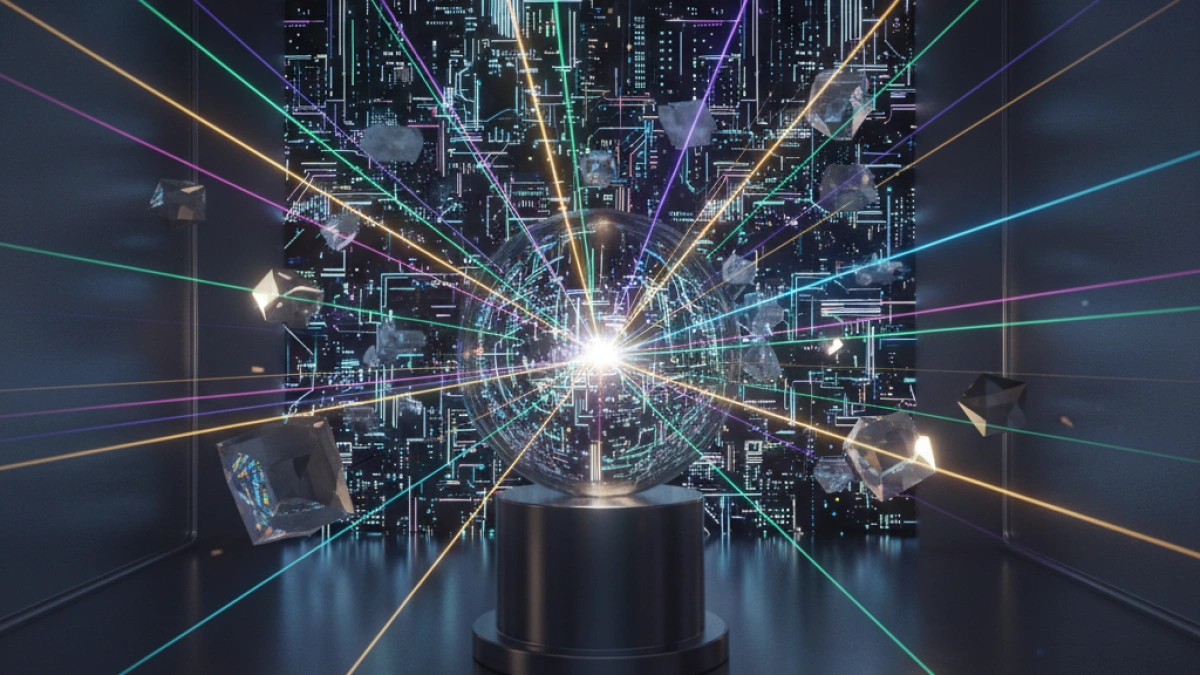
Raytracing is a revolutionary technique in the field of computer graphics that has transformed how three-dimensional images are generated and rendered. This article delves deeply into what raytracing is, how it works, and its impact on various industries.
What is Raytracing?
Raytracing, or ray tracing, is a method of simulating how light interacts with objects in a three-dimensional environment. Unlike traditional rendering methods that tend to simplify the behavior of light, raytracing aims to replicate with high precision how rays of light propagate and reflect on surfaces.
History of Raytracing
Raytracing has been present in the world of computer graphics since the 1960s, but it wasn't until the 1980s that it began to gain popularity with developments in hardware and algorithms. As technology has advanced, raytracing has become more accessible and found applications in various areas, from video games to film and architectural design.
How Raytracing Works
The raytracing process is based on the idea of tracing rays of light in a digital environment, starting from the camera (or the observer's eye) and following their path until they interact with the surfaces of objects.
Steps in Raytracing
- Rays from the camera: Rays are emitted from the camera's position towards the scene. Each ray can represent a pixel in the final image.
- Intersection: It is calculated where each ray intersects with the objects in the scene. This can include spheres, planes, or complex models.
- Lighting calculation: Once the intersection is determined, the lighting at that point is calculated considering various light sources, surface properties (such as color, texture, and reflection), and the ambient settings of the scene.
- Reflections and refractions: To achieve more realistic rendering, raytracing can also follow rays that reflect off surfaces or refract as they pass through transparent materials.
- Shadows: Raytracing also computes shadows, determining whether a point is directly illuminated by a light source or is in the shadow of another object.
The Impact of Raytracing in the 3D World
Since its inception, raytracing has changed the way 3D images are produced. Here are some areas where its impact has been particularly significant.
Video Games
Raytracing has revolutionized the video game industry, enabling more realistic graphics than ever before. With the introduction of graphics cards that support real-time raytracing, such as those from NVIDIA and AMD, developers are creating virtual worlds that offer an unprecedented immersive experience.
Notable Examples: Games like Cyberpunk 2077 and Control have implemented raytracing to create dynamic reflections, detailed shadows, and more realistic environments.
Read also
Film and Animation
In the film industry, raytracing is used to create stunning visual effects. The detail and realism provided by this technique allow filmmakers to create images that appear tangible and authentic, which has become the norm in many high-budget productions.
Highlighted Films: Productions like Avatar and The Christmas Elf have extensively utilized raytracing to achieve spectacular visual effects.
Design and Architecture
Raytracing has also made its way into architectural visualization, allowing architects and designers to create photorealistic images of their projects. This not only aids in client presentations but also allows for a better visualization of how the project will look in the real world.
Virtual and Augmented Reality
The application of raytracing in virtual reality (VR) and augmented reality (AR) has enhanced visual quality and immersion in these interactive experiences. With the ability to process photorealistic images in real-time, VR and AR experiences are becoming increasingly convincing.
Conclusion
Raytracing has radically changed the world of 3D, bringing a level of realism and detail that was unimaginable a few decades ago. From video games and films to architectural design and interactive experiences, this technique has left a lasting mark on various sectors. With continuous technological advancements, we are likely to see even more applications of raytracing in the future, taking computer graphics to new heights.
Exploring raytracing is not only fascinating from a technical standpoint, but it also opens the door to new forms of digital art and visualization. The future of 3D is brighter (and more realistic) than ever thanks to raytracing!

